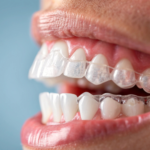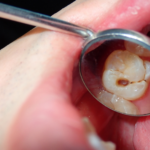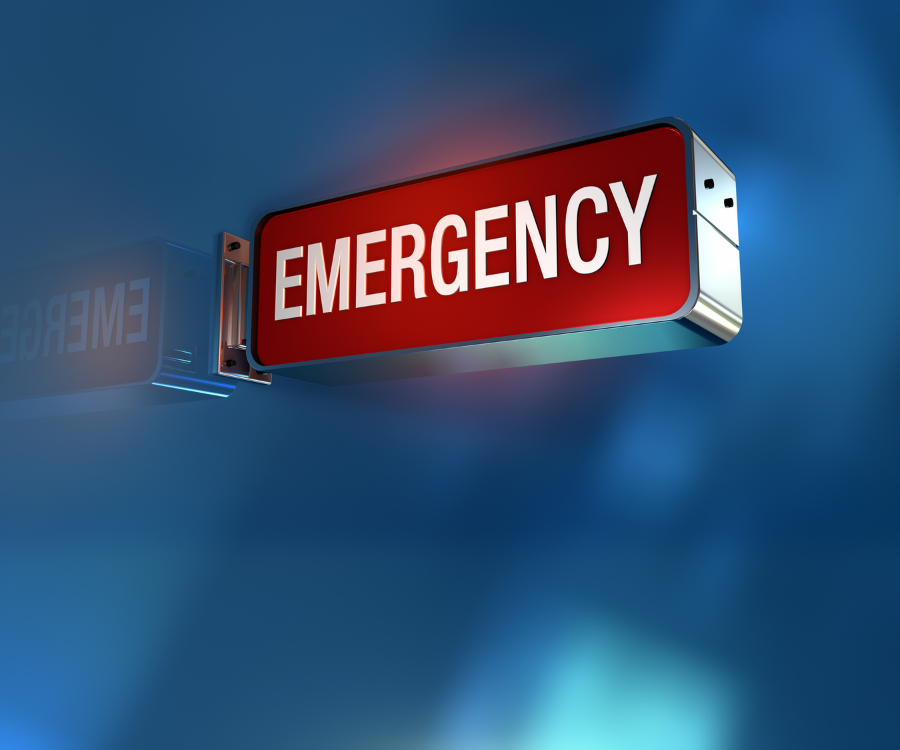A dental emergency can happen anytime, and it’s crucial to know how to react. Quick action can often save a tooth or prevent further complications. This post outlines common dental emergencies and the steps you should take.
Common Dental Emergencies:
- Knocked-Out Tooth: This is perhaps the most time-sensitive dental emergency.
- Chipped or Broken Tooth: Even a small chip can cause pain and sensitivity.
- Severe Toothache: Persistent, throbbing pain could indicate an infection or other serious issue.
- Lost Filling or Crown: This exposes the underlying tooth structure, making it vulnerable.
- Abscess: A painful, pus-filled infection that requires immediate attention.
- Bleeding After Extraction: Some bleeding is normal, but excessive or prolonged bleeding is a concern.
What to Do:
- Stay Calm: It’s important to remain calm so you can think clearly and act quickly.
- Contact Your Dentist: Call your dentist’s office immediately. Explain the situation and follow their instructions. If it’s after hours, many dentists have an emergency contact number or on-call service.
- Specific Emergency Instructions:
- Knocked-Out Tooth:
- Retrieve the tooth, holding it by the crown (the top part).
- Gently rinse it with water if it’s dirty. Do not scrub it or remove any tissue fragments.
- If possible, try to reinsert the tooth into its socket. Bite down gently on gauze or a clean cloth to hold it in place.
- If you can’t reinsert it, place the tooth in a container of milk or saliva.
- Get to your dentist or an emergency dental clinic as quickly as possible. Time is critical for successful reimplantation.
- Chipped or Broken Tooth:
- Rinse your mouth with warm water.
- Apply a cold compress to the outside of your cheek to reduce swelling.
- If possible, save any broken pieces of the tooth and bring them to your dentist.
- Severe Toothache:
- Rinse your mouth with warm salt water.
- Use dental floss to remove any food particles trapped between your teeth.
- Take over-the-counter pain medication, but avoid placing aspirin directly on the gums.
- Lost Filling or Crown:
- If possible, save the filling or crown.
- Try to cover the exposed tooth with sugar-free gum or dental wax to protect it.
- Abscess:
- Rinse your mouth with warm salt water.
- Do not attempt to puncture the abscess yourself.
- Bleeding After Extraction:
- Bite down firmly on gauze for 30 minutes.
- If bleeding continues, replace the gauze and apply pressure for another 30 minutes.
- If bleeding still doesn’t stop, contact your dentist or go to an emergency room.
- Knocked-Out Tooth:
- Pain Management: Over-the-counter pain relievers like ibuprofen or acetaminophen can help manage pain until you see a dentist.
Prevention:
While not all dental emergencies can be prevented, these tips can help:
- Maintain good oral hygiene: Brush twice daily, floss daily, and use mouthwash.
- Wear a mouthguard during sports or activities with a risk of facial injury.
- Avoid chewing on hard objects like ice or hard candy.
- Schedule regular dental checkups and cleanings.
When to Go to the Emergency Room:
In some cases, a dental emergency may require a visit to the emergency room:
- Uncontrolled bleeding
- Severe facial swelling
- Difficulty breathing or swallowing
Conclusion:
Knowing how to handle a dental emergency can make a significant difference in the outcome. By staying calm, acting quickly, and following these guidelines, you can protect your oral health and minimize any potential damage. Remember, your dentist is your best resource in a dental emergency, so don’t hesitate to contact them immediately.








